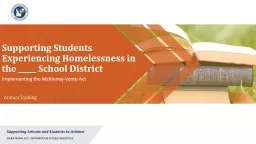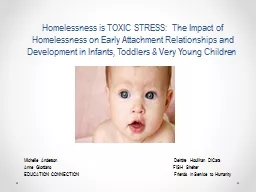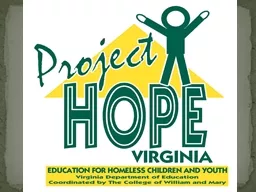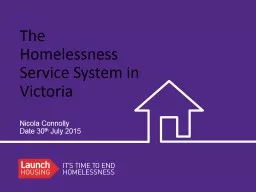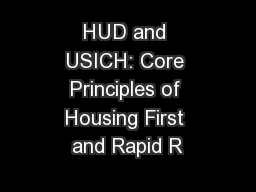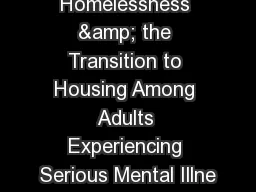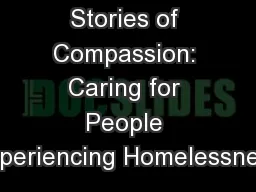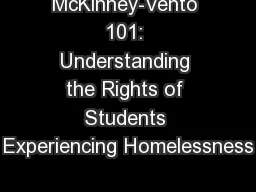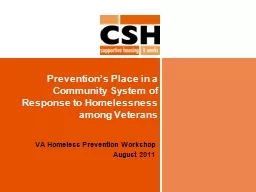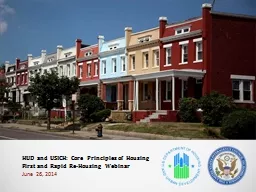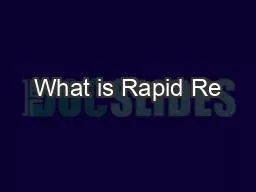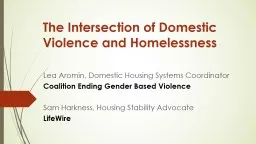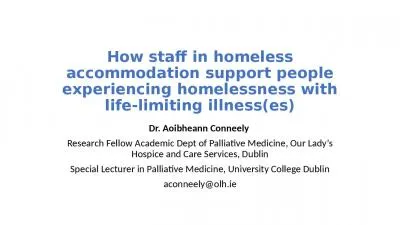PPT-Supporting Students Experiencing Homelessness in the _____ School District
Author : lois-ondreau | Published Date : 2019-11-22
Supporting Students Experiencing Homelessness in the School District Implementing the McKinneyVento Act Annual Training Learning Targets I better understand the
Presentation Embed Code
Download Presentation
Download Presentation The PPT/PDF document "Supporting Students Experiencing Homeles..." is the property of its rightful owner. Permission is granted to download and print the materials on this website for personal, non-commercial use only, and to display it on your personal computer provided you do not modify the materials and that you retain all copyright notices contained in the materials. By downloading content from our website, you accept the terms of this agreement.
Supporting Students Experiencing Homelessness in the _____ School District: Transcript
Download Rules Of Document
"Supporting Students Experiencing Homelessness in the _____ School District"The content belongs to its owner. You may download and print it for personal use, without modification, and keep all copyright notices. By downloading, you agree to these terms.
Related Documents

